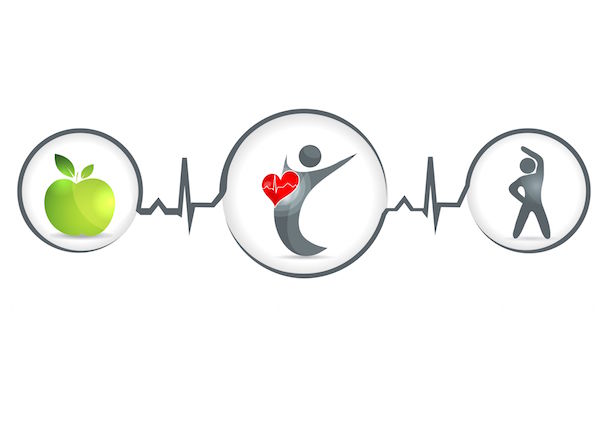
WEDNESDAY, July 2, 2014 (HealthDay News) — The antioxidants contained in dark chocolate might help people suffering from reduced blood flow to their legs, researchers from Italy report.
In a small study, people with artery problems in their legs walked a little longer and farther right after eating a bar of dark chocolate, the researchers said.
Dark chocolate is rich in antioxidants called polyphenols. The researchers believe polyphenols improve blood flow to the legs by affecting biochemicals that prompt arteries to widen.
“Our body secretes chemicals that naturally dilate blood vessels in response to certain stimuli, improving the blood flow to certain areas,” said Dr. Richard Chazal, vice president of the American College of Cardiology. “Some of the chemicals inside dark chocolate could affect the way these enzymes are metabolized in the body,” suggested Chazal, who was not involved with the study.
The pilot study involved 20 people aged 60 to 78 who suffered from peripheral artery disease, a narrowing of the arteries that carry blood from the heart to the legs, stomach, arms and head. Reduced blood flow can cause pain, cramping or fatigue in the legs or hips while walking.
The patients walked on a treadmill in the morning and again two hours after eating 40 grams of dark or milk chocolate — the size of an average American chocolate bar — on separate days. The dark chocolate in the study had a cocoa content of more than 85 percent, making it rich in polyphenols. The milk chocolate, with a cocoa content below 30 percent, had far fewer polyphenols, the study authors noted.
After eating dark chocolate, patients walked an average 11 percent farther and 15 percent longer than they did earlier in the day. That’s about 39 feet farther and about 17 seconds longer, according to the study, published July 2 in the Journal of the American Heart Association.
Milk chocolate did not improve time or distance, according to study co-author Dr. Lorenzo Loffredo, assistant professor at the Sapienza University of Rome, and colleagues.
The researchers found that levels of nitric oxide, a gas linked to improved blood flow, were higher after eating dark chocolate. They suggested that the higher nitric oxide levels may be responsible for widening peripheral arteries and improving the patients’ ability to walk.
Both the results and the theory are “intriguing,” said Dr. Mark Creager, director of the Vascular Center at Brigham and Women’s Hospital and a professor at Harvard Medical School in Boston.
“The results are certainly interesting but modest, in terms of the walking distance improved,” said Creager, who also serves as a spokesman for the American Heart Association. “With information such as this, one would anticipate these investigators will conduct a much larger trial with long-term treatment to confirm their observations.”
Creager and Chazal noted that chocolate is also high in fat and sugar, and eating too much can contribute to health problems such as obesity, diabetes and high cholesterol.
“People need to be very aware of the fact that there are many substances in chocolate bars that could have an adverse effect on health,” Creager said. “I would not recommend that people eat chocolate bars to improve their walking distance.”
Chazal agreed, saying the study’s true value lies in identifying the way that polyphenols might affect blood flow to the legs.
Polyphenols also can be found in foods with less added sugar and saturated fats, such as cloves, dried peppermint, celery seed, capers and hazelnuts.
“All of us can get very excited about studies like this, but we have to be very cautious in interpreting it in terms of treatment,” Chazal said. “At this point in time, I wouldn’t consider dark chocolate to be something people should be taking large amounts of as a therapeutic agent. It’s possible that moderate amounts might be helpful, but we need confirmation.”
More information
For more on peripheral artery disease, visit the U.S. National Institutes of Health.
Copyright © 2025 HealthDay. All rights reserved.

